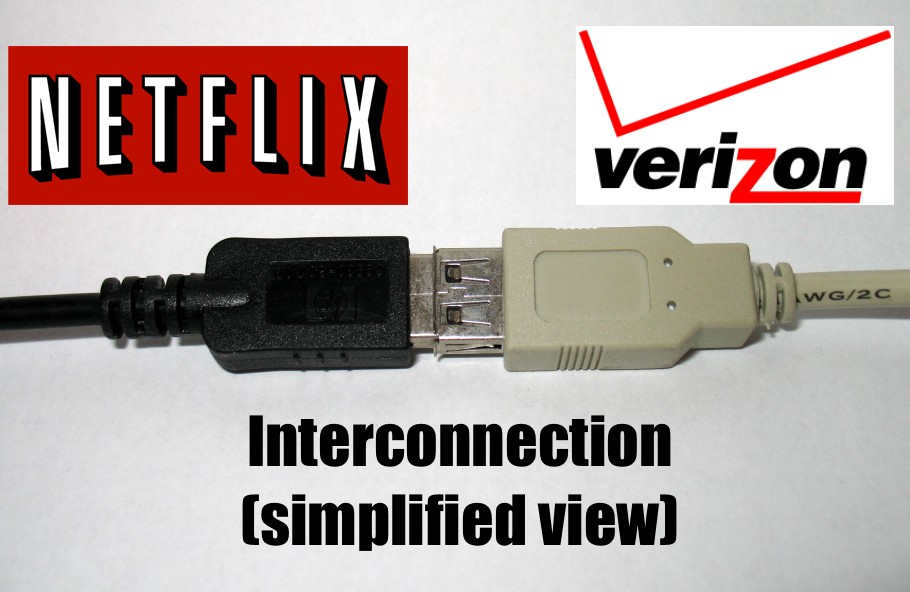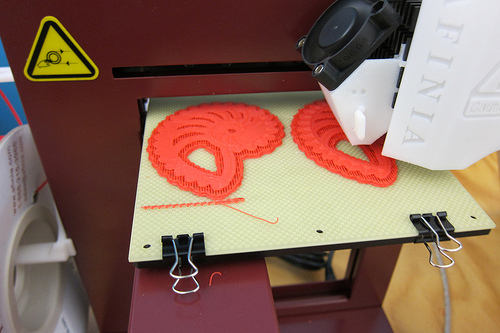This post originally appeared in Slate
The caterpillar from Alice’s Adventures in Wonderland taught generations of children a simple message: When you need to do some deep thinking about the world, a hookah is a great place to start. A case decided earlier this year in California brings comfort that, whatever future technology holds, the ability of the hookah to reveal inner truths about the world around us remains.
Inhale Inc. vs. Starbuzz Tobacco Inc. doesn’t just provide us with a window into the competitive world of hookah manufacturing. It offers a template for many of the 3-D printing copyright cases we are likely to see in the coming years.
One of the often-overlooked aspects of 3-D printing is of the way it demonstrates the limits of copyright. Unlike the articles, photos, movies, and Facebook postings that make up much of our online world, only some physical things are eligible for copyright protection. An easy copyright-or-not test is to divide things into two categories: artistic objects and useful objects. If an object is purely artistic—say, an abstract sculpture—it is eligible for copyright protection. But if an object is purely functional—say, a hinge—it is not eligible for copyright protection. (It may be eligible for patent protection, but for various reasons related to the process of getting a patent and how long they last, the number of patent-eligible things that are protected by patent is much smaller than the number of copyright-eligible things that are protected by copyright.)
While these categories are all well and good, in the real world many things aren’t just artistic or just functional. Instead, they are a mixture of the two. A hookah, to pick a not at all random example, illustrates this nicely.
Inhale was manufacturing and distributing a hookah with what, for the purposes of this article, were two distinct elements. The first was the shape of the hookah itself. The second was a series of skull-and-crossbones images that adorned the outside of the hookah. In 2011, Starbuzz Tobacco started selling a hookah that—according to Inhale, at least—was shaped exactly like the Inhale hookah. Importantly, the Starbuzz hookah did not include the skull-and-crossbones images.
Inhale sued Starbuzz for copyright infringement, claiming that Starbuzz was infringing on the copyrighted shape of the original hookah. But, in a twist that we are likely to see more of if 3-D printing-related litigation starts to spread, it turned out that even if Inhale was right about Starbuzz’s copying, it didn’t matter.
That is because copyright can only protect nonuseful objects. And a big part of any hookah’s design is to provide a useful function—a function the court described as “to hold the contents within its shape.”
In this case the court found that even though the Inhale hookah had a distinctive shape, “the shape of the alleged ‘artistic features’ and of the useful article are one in the same.” In other words, even the distinctive shape is still doing important functional work. That means it is not protected by copyright. Thus, even literal copying (if that’s what actually happened here) is not copyright infringement.
In contrast, the skull-and-crossbones design on the outside of the hookah serves no functional purpose (looking like a badass to college freshmen probably doesn’t qualify), so it probably would be protected by copyright. But since Starbuzz only copied the non-copyrightable shape of the hookah and not the non-functional decorations of the hookah, that didn’t really matter.
So what does this have to do with 3-D printing? The future of 3-D printing is going to bring us all sorts of objects. For better or worse, it will probably also bring us all sorts of claims related to copying objects from house spiders to citrus juicers and everything in between. This case serves as a concrete reminder that in the physical world copying does not always equal infringement. If a functional item isn’t patented, copyright won’t prevent it from being copied.
While this has always been the case, 3-D printers make it easier than ever to reproduce physical things. That will force everyone to remember that the “copyright on just about everything” world of the screen does not directly translate to the physical world.
But not everyone will remember. Some people are going to respond to the ability to reproduce physical things by trying to bring more infringement lawsuits. As you see those lawsuits, try your best to remember the lesson of Starbuzz: Copying isn’t infringement unless there is a copyright involved.


 Yesterday AT&T announced a new “sponsored data” scheme, offering content creators a way to buy their way around the data caps that AT&T imposes on its subscribers. Although AT&T touted it as a “
Yesterday AT&T announced a new “sponsored data” scheme, offering content creators a way to buy their way around the data caps that AT&T imposes on its subscribers. Although AT&T touted it as a “